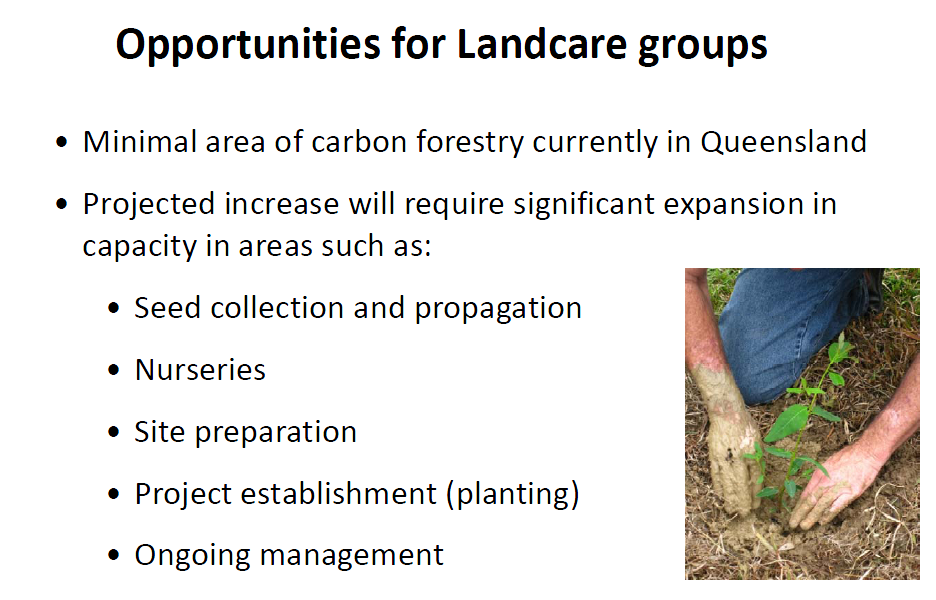Australia's carbon price scheme not economy-wide: Australia's carbon price scheme is not an economy-wide one because household, small business, agriculture and land sector emissions are excluded, along with fuels used for household transport, light vehicle business, commercial fishing, agriculture and forestry. Furthermore, compensation for emissions-intensive trade-exposed industries means the effective initial price for them will only be between $1 and $8 per tonne CO2 emissions (like ALCOLA). Only around 60% of Australia's carbon emissions will be covered by the scheme.
As is the practice in the majority of the carbon pricing schemes operating overseas, the Australian scheme is strategically focused on selected high emissions areas of the economy while buffering or excluding other areas and providing subsidies and tax relief to neutralise any flow-on effects at the community level.
Impact on consumers: The CSIRO in its report into the impacts of the carbon price scheme in Australia, found that the proposed carbon price, starting at $23 per tonne, would only result in a miniscule increase in consumer prices of 0.6% in 2012/13, with a second impact of up to 0.1% in 2015/16, and that's assuming full cost pass through of the carbon price liability.
Even so, It must be remembered that the carbon price scheme provides low and middle income earners with cash compensations and a new $18,000 tax free threshold which are aimed at more than covering such small flow-ons.
Council liabilities and rates impacts: Council liabilities under the carbon price scheme relate to emissions from waste at landfill sites, electricity use and construction eg roads. The major liability, as it should be, is around the emissions from waste. Methane gas (one of the worst greenhouse gases) is generated over time from waste sites and councils who calculate that their CO2 equivalent emissions from these sites exceeds 25000 tonnes per year qualify as major polluters and thus liable under the scheme.
Waste buried prior to 1 July 2012 will not need to be included. Emissions from waste buried after 1 July will be included but payment for emissions exceeding 25000 tonnes will not be required until February 2014. Therefore rates over the next twelve months at least should not be claimed to be increased due to the carbon price imposed on emissions from waste burial. In the meantime, councils have a range of funding opportunities available through the scheme to, for instance, reduce their excessive emissions by using the methane to power electricity generation. This could potentially neutralise any carbon price flow-on costs they pay for electricity for street lighting, council offices, administration etc. While council circumstances vary, as a guide the Municipal Association of Victoria has estimated that the increase in rates due to the carbon price on councils' electricity, construction and waste emissions should be around 1.5%, or an increase of approximately $5 per quarter for the average household, of which waste emissions account for just over a third, or about $2 per quarter. Even so, waste emission costs should not be included in any council rates bill until 2014. The government's compensation for carbon price flow-ons to consumers pays households around $120 over the same time to offset both this and the small increase in electricity bills due to flow-on from the carbon price (for example around $30 per quarter on a $300 power bill). For more information see government sites: AND here
 July 1 - Australia's first day of accounting for our carbon emissions - greenhouse gas emissions. Although this topic has been hotly denounced by some, it is in fact a positive step towards Australia's greener economy.
July 1 - Australia's first day of accounting for our carbon emissions - greenhouse gas emissions. Although this topic has been hotly denounced by some, it is in fact a positive step towards Australia's greener economy.